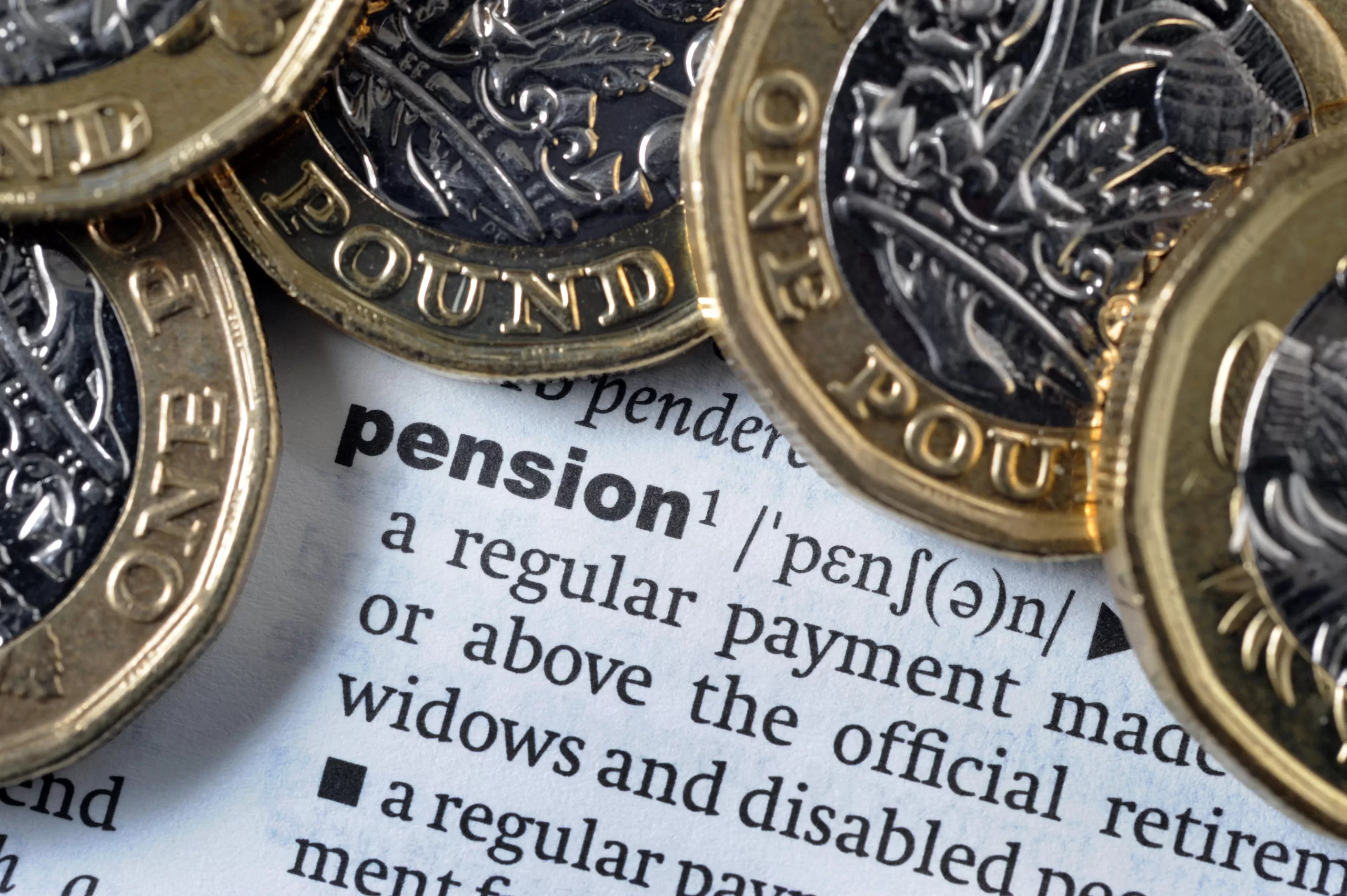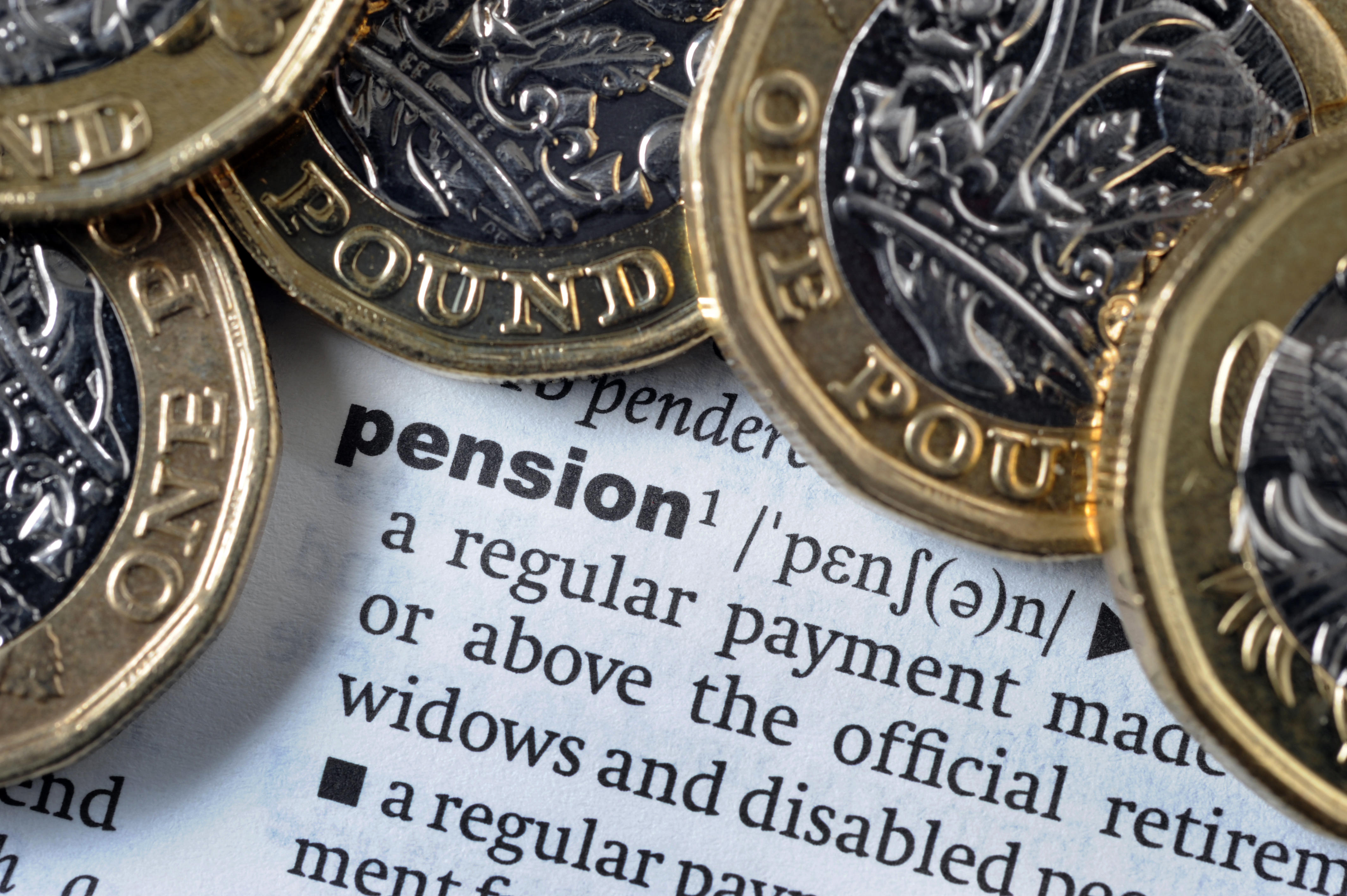The Government has identified 97,016 people who missed out on a total of £571.6million in payments dating as far back as 1985.
The underpayments were made due to a combination of old complex state pension rules and IT errors.
The Government is now going through the process of making sure those affected, an estimated 237,000, are paid back the money they should have received.
A number of groups of pensioners are affected, including women who retired under the old state pension system.
Many of these women did not receive the entitlement they were due under their husband’s National Insurance record.
Others did not get the uplifts they were eligible for when their husbands died.
Helen Morrisey, head of retirement analysis at Hargreaves Lansdown, said: “Progress is being made to rectify the large-scale issue of state pension underpayments, but it is very slow.
“Just over £571m has been returned so far but with estimates suggesting the scale of underpayments could be around £1.5bn there’s still a very long way to go.
“People have the expectation that the state pension they receive is correct but a series of errors in an already overly complicated system means that for many thousands of people this expectation has been incorrect.”
The latest figures from the DWP show 21,175 widowed women were underpaid their state pension and have received £12,486 on average back.
Meanwhile, 32,474 over 80s have received £2,192 on average and 43,367 married pensioners got £5,713.
This compares to a total of 82,323 retirees who had received compensation up until November last year.
Just over 50,000 had received a total of £324million as of the end of March 2023, according to the DWP.
A spokesperson for the DWP said: “The action we are taking now is correcting historical underpayments made by successive Governments.
“Our priority is ensuring pensioners receive the financial support to which they are entitled and we have set up a dedicated team and devoted significant resources towards completing the correction exercise.”
Who is affected?
Around 237,000 retired stay-at-home mums may have missed out on the correct state pension amounts.
The list of people who were underpaid is broad but falls into mostly three categories.
First, is married women who reached state pension age before April 2016, with husbands who were 65 or older on or after March 17, 2008.
Second is widows whose state pensions didn’t increase when their husbands died.
Third is women aged 80 or over who are receiving £80.45 or less per week in state pension.
What can I do about it?
You can go to the DWP directly and query whether you have been affected but there are online tools and advice sites that can help.
An online tool launched by former pensions minister Steve Webb on behalf of actuarial firm LCP can help married women check if they might be affected.
What are the different types of pensions?
WE round-up the main types of pension and how they differ:
- Personal pension or self-invested personal pension (SIPP) – This is probably the most flexible type of pension as you can choose your own provider and how much you invest.
- Workplace pension – The Government has made it compulsory for employers to automatically enrol you in your workplace pension unless you opt out.
These so-called defined contribution (DC) pensions are usually chosen by your employer and you won’t be able to change it. Minimum contributions are 8%, with employees paying 5% (1% in tax relief) and employers contributing 3%. - Final salary pension – This is also a workplace pension but here, what you get in retirement is decided based on your salary, and you’ll be paid a set amount each year upon retiring. It’s often referred to as a gold-plated pension or a defined benefit (DB) pension. But they’re not typically offered by employers anymore.
- New state pension – This is what the state pays to those who reach state pension age after April 6 2016. The maximum payout is £203.85 a week and you’ll need 35 years of National Insurance contributions to get this. You also need at least ten years’ worth to qualify for anything at all.
- Basic state pension – If you reach the state pension age on or before April 2016, you’ll get the basic state pension. The full amount is £156.20 per week and you’ll need 30 years of National Insurance contributions to get this. If you have the basic state pension you may also get a top-up from what’s known as the additional or second state pension. Those who have built up National Insurance contributions under both the basic and new state pensions will get a combination of both schemes.
If you use the LCP calculator and think you qualify for a top-up, the DWP should also pick up the error and contact you.
The DWP started working to fix the problem on January 11, 2021, and is working through issuing compensation for those affected.
If you are owed money, you’ll likely have to sit tight and wait for the DWP to send you a letter confirming your payment.
Those considered at “high risk” like those over 80 and widows are being prioritised.
Do you have a money problem that needs sorting? Get in touch by emailing [email protected].
Plus, you can join our Sun Money Chats and Tips Facebook group to share your tips and stories.

